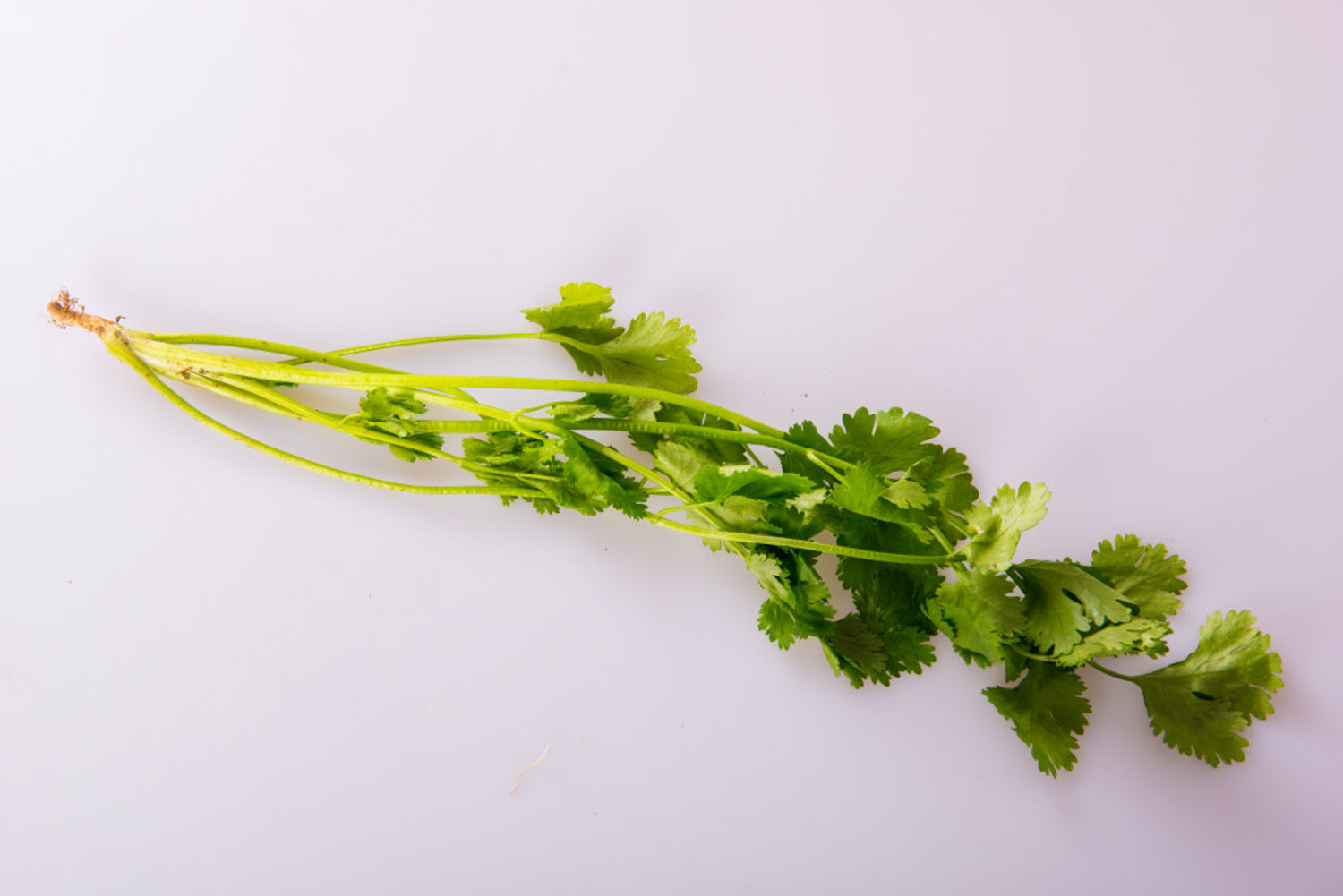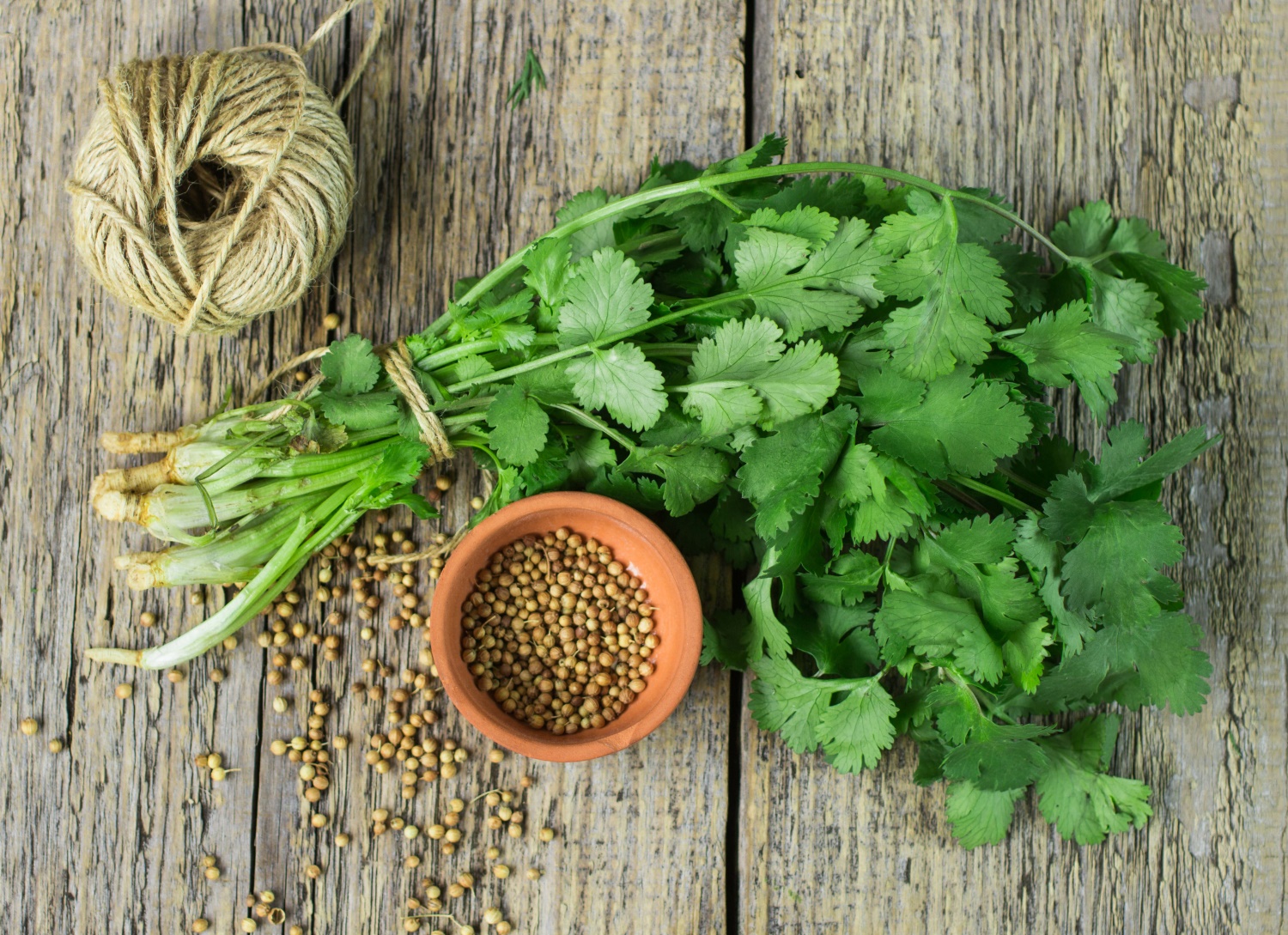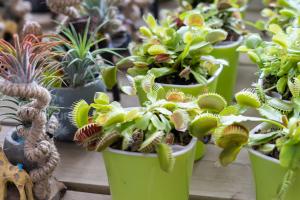1、 Select varieties
Coriander is divided into small grain varieties and large grain varieties. The taste of large grain varieties is slightly lighter, but it grows faster and yields higher. Small grain varieties have strong fragrance, but low yield and slow growth. If you eat at home, you can choose small grain varieties

2、 Deep ploughing soil
Coriander does not have high requirements for the soil, but it is best to have sufficient nutrients. You can sprinkle some rotten chicken and duck manure, a kind of farm fertilizer, add a small amount of compound fertilizer, turn the soil deeply and crush the large soil block
3、 Direct seeding
After the soil is turned deep, it can be sown directly. The selected seeds can be sown on the soil surface. After sowing, it can be covered with thin soil or broken straw, which can take root and germinate in about a week
4、 Suitable time seedling

After germination and growth, thinning should be carried out once. It should not be too dense, and should be kept at a distance of more than 1 cm. Try not to be too early in the inter facial period. When it is slightly larger, the inter removed seedlings can be eaten directly without waste
5、 Later maintenance

Fertilizer can be applied after intercropping. It is recommended to apply nitrogen fertilizer combined with watering. We should also pay attention to weeding in time to avoid affecting growth

 how many times do yo...
how many times do yo... how many planted tre...
how many planted tre... how many pine trees ...
how many pine trees ... how many pecan trees...
how many pecan trees... how many plants comp...
how many plants comp... how many plants can ...
how many plants can ... how many plants and ...
how many plants and ... how many pepper plan...
how many pepper plan...




























